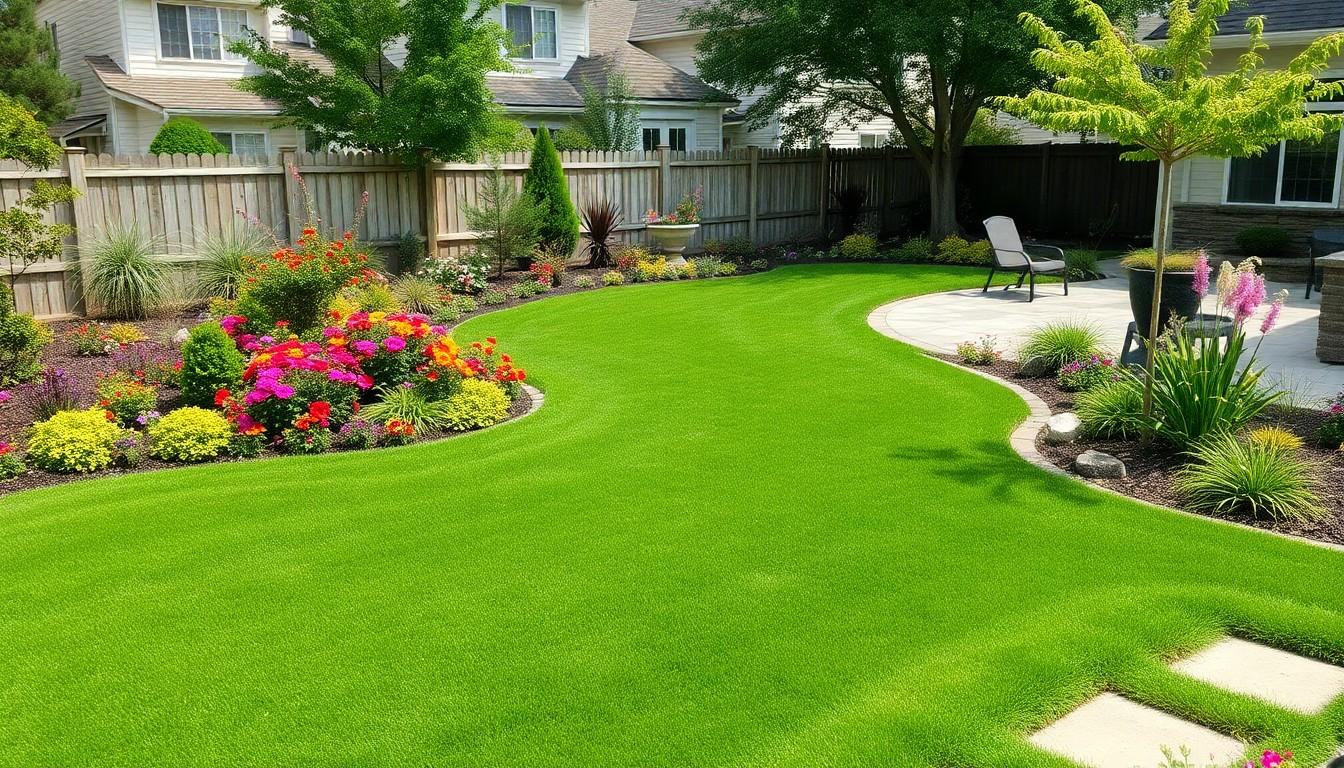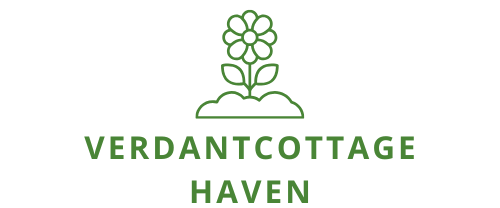When it comes to transforming a yard from drab to fab, landscaping costs can feel like a game of roulette. One minute you’re dreaming of a lush garden oasis, and the next, you’re staring at quotes that could fund a small vacation. It’s enough to make anyone question if they should just stick to potted plants and call it a day.
But fear not! Understanding landscaping costs doesn’t have to be a mystery wrapped in a hedge. With a little insight into what to expect, homeowners can navigate the world of landscaping with confidence—and maybe even a chuckle or two. From simple flower beds to elaborate outdoor kitchens, this guide will break down the numbers, helping anyone make informed decisions without breaking the bank—or their sense of humor.
Landscaping Cost Examples
Homeowners face various factors while estimating landscaping costs. Understanding these elements helps in making informed choices.
Factors Influencing Landscaping Costs
Location plays a crucial role in determining landscaping expenses. Urban areas tend to have higher labor and material costs compared to rural regions. The size of the project significantly impacts the overall price as well. Larger spaces require more materials and time for installation. Additionally, specific features like outdoor kitchens or water features enhance complexity, leading to increased labor costs. Seasonal considerations can also affect pricing, with peak seasons bringing higher demand and rates. Design complexity adds to expenses; simple layouts incur less cost than intricate designs requiring more skilled labor.
Average Costs by Project Type
Costs vary significantly based on the type of landscaping project. Basic flower beds typically range from $300 to $1,500, depending on size and plant variety. Installing sod generally costs between $0.85 and $2 per square foot, influenced by location and type. Hardscaping projects like patios or walkways can start at around $1,500 and reach up to $8,000 for more elaborate designs. Decks or fences may range from $15 to $50 per square foot based on materials used. Water features, such as ponds or fountains, usually cost between $1,000 and $5,000, depending on size and materials. Understanding these averages provides a realistic framework for budgeting landscaping projects.
Landscaping Cost Examples

Understanding specific landscaping costs can help homeowners and businesses plan effectively. Various factors influence these expenses, including project details and location.
Residential Landscaping Costs
Residential landscaping projects often vary in price. Basic flower beds cost between $300 and $1,500. Sod installation typically ranges from $0.85 to $2 per square foot. Comprehensive landscaping designs, which include features like patios or retaining walls, often start around $1,500 and can exceed $8,000 for complex setups. Individual elements such as trees, shrubs, and decorative stones add further expenses. Homeowners should consider these variables when budgeting for their outdoor spaces.
Commercial Landscaping Costs
Commercial landscaping costs generally exceed residential expenses. Contractors often charge between $1,500 and $10,000 for installations on larger properties. The use of irrigation systems and regular maintenance services can significantly raise costs. For instance, regular lawn maintenance alone could range from $100 to $1,000 per month, depending on property size. Seasonal clean-up services also add to overall expenses. Understanding these costs allows businesses to allocate resources more efficiently while enhancing curb appeal.
Cost-Effective Landscaping Tips
Cost-effective landscaping maximizes results while minimizing expenses. Several strategies can help homeowners achieve beautiful outdoor spaces without breaking the bank.
DIY vs. Professional Landscaping
DIY landscaping serves as a cost-effective approach to enhance home exteriors. Many homeowners can handle basic tasks like planting flowers or laying sod. It reduces labor costs significantly. However, complex projects, such as hardscaping or installing irrigation systems, often require professional expertise. Contractors may offer efficiencies that save time and reduce potential mistakes. Weighing the materials and the scale of the project helps determine whether to go DIY or hire professionals.
Choosing Budget-Friendly Materials
Selecting budget-friendly materials plays a crucial role in landscaping costs. Options like mulch, timber, and native plants often provide aesthetic appeal at lower prices. Using gravel or recycled materials can create elegant pathways without high expenses. Additionally, materials sourced locally can reduce transportation costs and support sustainability. It’s smart to compare prices across suppliers to find the best deals while ensuring durability and quality. Choosing the right combination of materials impacts overall project expenses and helps maintain an attractive landscape.
Common Landscaping Projects and Their Costs
Landscaping projects vary widely in cost based on numerous factors. Below are common examples, detailing expected expenses.
Lawn Installation Costs
Lawn installation typically falls within a price range of $0.85 to $2 per square foot. Homeowners often choose between sod or seed, each influencing overall costs. For instance, installing sod delivers immediate results but incurs higher costs than seeding. Preparing the soil can add $200 to $600 to total expenses. Additional factors, such as site access and existing vegetation, can affect the final pricing. Overall, budget-conscious homeowners might consider seeding for larger areas to save money while achieving green spaces.
Garden Design Costs
Garden design ranges from basic flower beds costing $300 to sophisticated setups that may exceed $8,000. Expenses correspond to design complexity and plant selection. For example, including trees, shrubs, and ornamental features typically escalates costs. Garden design services often charge between $50 to $150 per hour for consultations. Homeowners dedicated to personalization may invest more in unique layouts featuring sustainable plants. Adding hardscaping elements like walkways or patios can raise expenses significantly yet enhance outdoor appeal. Prioritizing native plants while collaborating with designers can lead to cost-effective and environmentally friendly solutions.
Create Ideal Outdoor Spaces
Understanding landscaping costs empowers homeowners to create their ideal outdoor spaces without breaking the bank. By considering factors like location project size and seasonal demand they can make informed decisions that fit their budgets. Whether opting for simple flower beds or more intricate designs it’s clear that there’s a range of options available to suit different financial plans.
Utilizing DIY techniques and selecting budget-friendly materials can significantly reduce expenses while still achieving beautiful results. With the right knowledge and strategies homeowners can transform their yards into stunning landscapes that enhance both aesthetics and property value. Embracing these insights leads to successful landscaping projects that bring joy and satisfaction for years to come.

